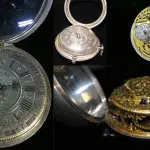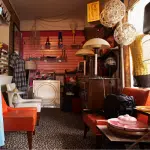
A year of trauma, catharsis and finally peace for some survivors of Kamloops school
KAMLOOPS, B.C. — The nightmares started last May, said Harvey McLeod, chief of the Upper Nicola Indian Band and a survivor of the former Kamloops Indian Residential School.
They tormented McLeod for months after the discovery of 215 suspected unmarked graves at the school he attended for two years.
Then one night he was visited in his dreams by a young girl who set him free.
“It’s been tough on me and so wonderful at the same time,” said McLeod.


